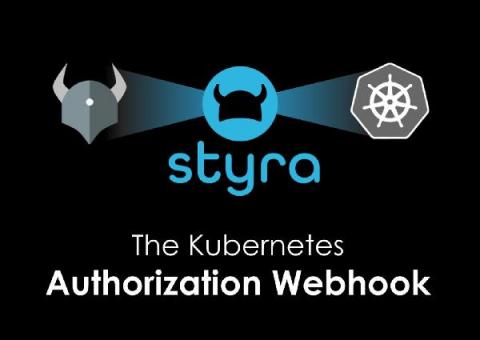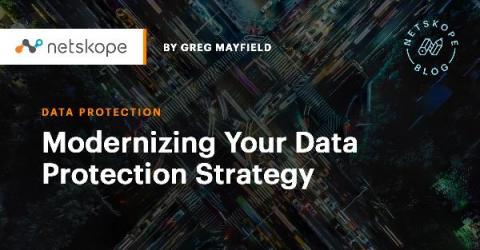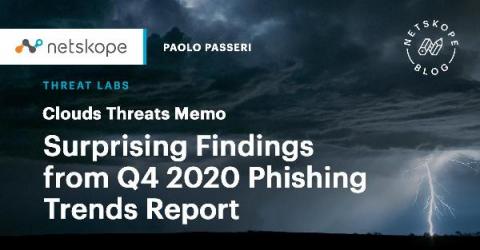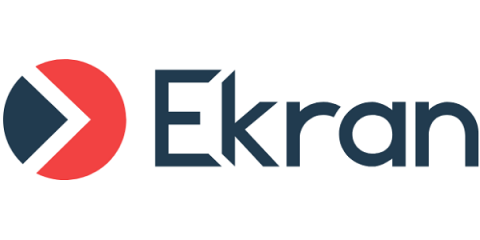Calligo acquires US-based Decisive Data to accelerate Data Insights Services
Today, Calligo announces the acquisition of Decisive Data, a pioneer in data analytics, data science and visualization. This is a significant acquisition for Calligo as it not only increases the resources and capabilities of our Data Insights team, but it also creates the most capable, accessible and compliant data insights service for modern businesses.











